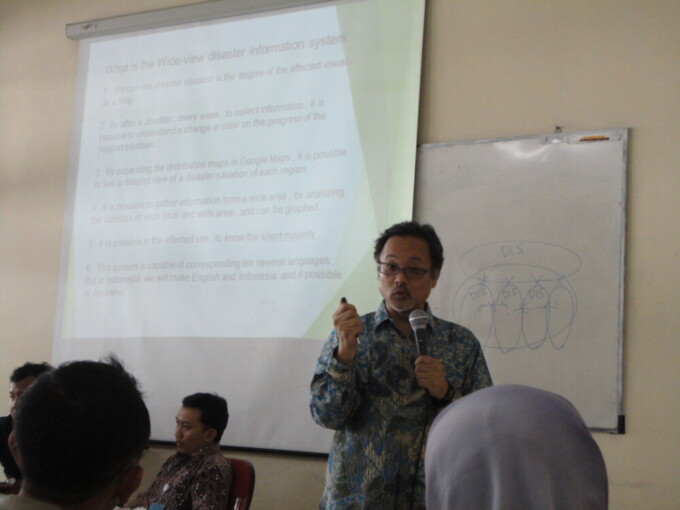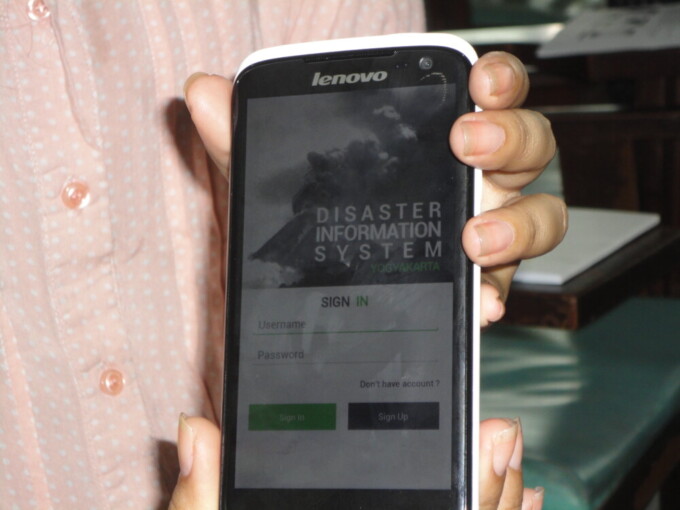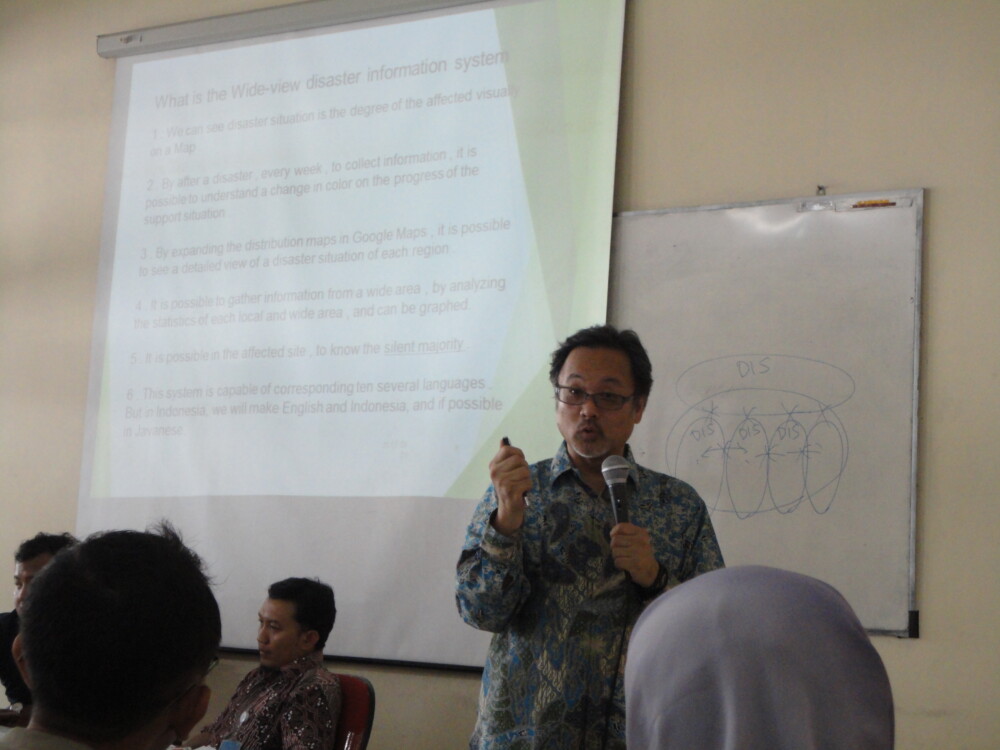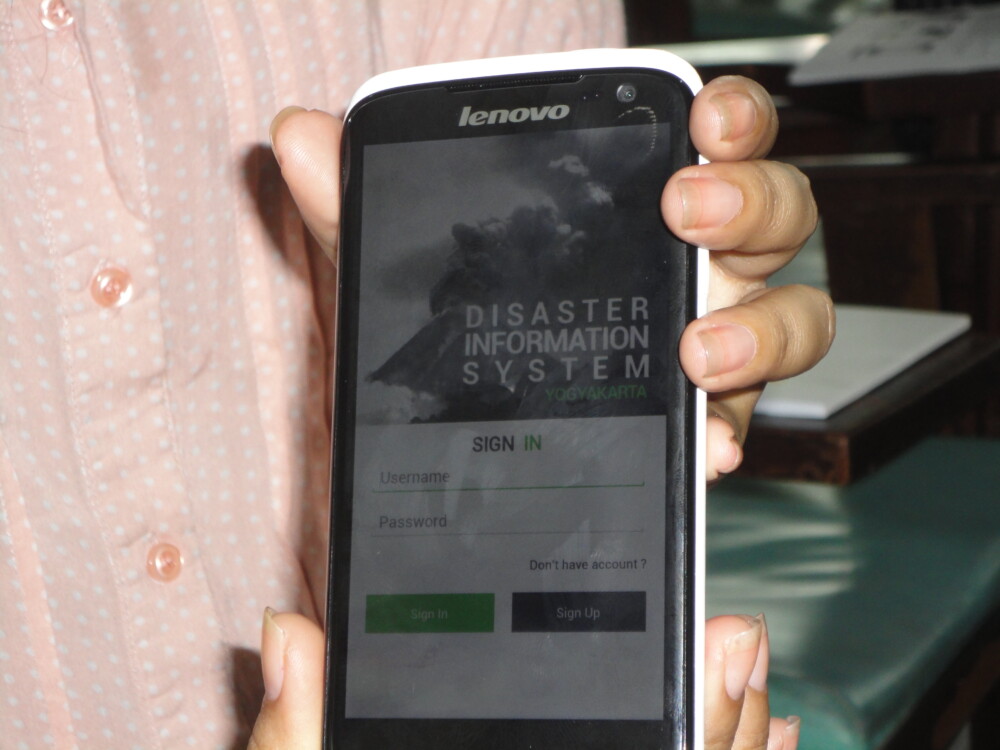A pilot project for Disaster Information System (DIS) for Yogyakarta has been launched. The pilot project is a cooperation between Institute of International Studies of Faculty of Social and Political Sciences of UGM, RESPECT programme of Osaka University, PT. Gama Techno Indonesia and the Yogyakarta Disaster Mitigation Agency and PMI (Red Cross) of Yogyakarta as an effort to assist government and donor agencies to be able to act promptly to respond to a disaster occurence and send assistance within hours.
Prof. Sukamoto, coordinator of RESPECT programme, said for various disaster occurences, although each region has its own information system, but those systems work in isolation and unintegrated.
“In 1995, an earthquake happened in Kobe, taking the lives of more than 6000 people. I became a volunteer to collect information through mobile phones and text messages. But that had faced many barriers,” he said in Yongma room of Faculty of Social and Political Sciences at UGM on Tuesday (21/10).
Sukamoto revealed that information supports humanitarian workers, but unfortunately, in many countries it works like bureaucracy.
“It’s difficult to work together, like what happened in Indonesia. So, after 20 years working in humanitarian missions, I concluded that DIS with many applications became the model that can be operated,” he added.
Sukamoto said by using google map, DIS enables people to know a disaster occurence. With google map, a more detailed information can be obtained, hence post-disaster assistance can be distributed more easily.
“One of the reasons of the high death toll and damage during disasters is the delayed emergency aid to the most affected region. The delay is due to the lack of access to donor agencies to map and make priorities for humanitarian assistance,” he explained.
Novan Hartadi, Research Manager of PT. Gamatechno Indonesia, said the DIS software would be developed by PT. Gama Techno Indonesia from October to December 2013.
With smartphones, said Novan, everyone can do registration by signing in. All who have registered can read and get important and updated news related to the disaster that strikes.
Novan explained the data in DIS would be visualised into maps, showing the location of casualties and damage. Indication of how severe an area is affected is shown by yellow, green, and red dots.
“This way, the affected areas can be identified clearly and measurably, allowing aid agencies to make priorities for humanitarian assistance based on urgency,” he said.





